24 Sep–5 Nov 2021
Artist Talks: Khan Lee, Kelly Lycan, Justine A. Chambers, Josephine Lee
-
Justine A. Chambers
Justine A. Chambers is an artist and educator living and working on the unceded Coast Salish territories of the Squamish, Musqueam and Tsleil-Waututh Nations. Her movement-based practice considers how choreography can be an empathic practice rooted in collaborative creation, close observation, and the body as a site of a cumulative embodied archive. Privileging what is felt over what is seen, she works with dances “that are already there”–the social choreographies present in the everyday. Her choreographic projects have been presented at Libby Leshgold Gallery (Vancouver), Culture Days (Toronto), Contemporary Art Gallery (Vancouver), Helen and Morris Belkin Gallery (Vancouver), Sophiensaele (Berlin), Nanaimo Art Gallery, Artspeak (Vancouver), Hong Kong Arts Festival, Art Museum at the University of Toronto, Cantor Fitzgerald Gallery at Haverford College (Haverford, PA), Agora de la Danse (Montréal), Festival of New Dance (St. John’s), Mile Zero Dance Society (Edmonton), Dancing on the Edge (Vancouver), Canada Dance Festival (Ottawa), Dance in Vancouver, The Western Front, and the Vancouver Art Gallery. She is Max Tyler-Hite’s mother.
Read More
-
Josephine Lee
Josephine Lee is a first-generation immigrant whose work is largely informed by a lifetime of movement across Canada and the United States. Lee’s interdisciplinary practice explores the psychic violence of cultural assimilation and nationalism. Her performances, installations, and sculptures shift between an intersectional analysis of this violence at the scale of a nation (where nuclear tests, land-seizures, and xenophobia exacerbate one another) and of the home (where the burdens of identity and generational trauma can be foundational and inescapable). Lee holds graduate and undergraduate degrees in science and fine arts. She has exhibited throughout Canada and the United States, as well as performed at documenta 14 in Kassel, Germany. Recently, Lee was awarded the Oscar Kolin Fellowship, the Vera G. List Sculpture Award, and a Gail and Stephen A. Jarislowsky Outstanding Artist Award at the BANFF Centre for Arts and Creativity. Lee currently resides within the stolen territory of the Coast Salish Peoples, including the territories of the xʷməθkwəy̓əm (Musqueam), Skwxwú7mesh (Squamish), and Səl̓ílwətaʔ/Selilwitulh (Tsleil-Waututh) Nations.
Read More
-
Khan Lee
Khan Lee was born in Seoul, Korea. He studied architecture at Hong-Ik University, before immigrating to Canada to study fine art at Emily Carr Institute of Art and Design. He works in performance, media, sculpture and drawing. His practice involves experimentation with form and process in order to express inherent relationships between material and immaterial content. He is a founding member of the Vancouver-based artist collective ‘Intermission’ and is presently a member of ‘Instant Coffee’ artist collective. His work has been exhibited nationally, and internationally. Lee lives and works in Vancouver, BC.
Read More
-
Kelly Lycan
Kelly Lycan is a photo-based installation artist who resides in Vancouver, BC, Canada on the traditional and unceded territories of the Sḵwx̱wú7mesh (Squamish), səl’ilwətaɁɬ (Tsleil Waututh) and xʷməθkʷəy̓əm (Musqueam) Nations. Lycan’s work investigates the way objects and images are placed and displayed in the world and the cycle of value they experience. She employs photography and sculpture in order to engage them beyond medium specificity. Lycan received a Bachelor of Fine Arts from Nova Scotia College of Art and Design and a Master of Fine Arts from the University of California, Santa Barbara, and Los Angeles. Her work has been exhibited across Canada, the US, Europe, and the Middle East, including solo exhibitions at Ag Galerie, Tehran, Iran (2018); Burrard Art Foundation, Vancouver (2016); Susan Hobbs Gallery, Toronto (2015-16); Presentation House Gallery, North Vancouver (2014); SFU Gallery, Burnaby (2014); Or Gallery, Vancouver (2011); and Gallery TPW, Toronto (2009). Lycan also collaborated from 2005-2015 with the artist collective Instant Coffee, a service-oriented artist collective that have exhibited widely.
Read More
The Belkin hosted a series of artist talks as part of the research cluster Ars Scientia and in conjunction with the exhibition Drift: Art and Dark Matter (10 September-5 December 2021). Artists Justine A. Chambers, Josephine Lee, Khan Lee and Kelly Lycan partnered with physicists Rysa Greenwood, Alannah Hallas, Daniel Korchinski, Kirk Madison, Sarah Morris and Luke Reynolds to identify areas of collaborative research in pursuit of both scientific and artistic aims, which culminated in a symposium that took place in November 2021 where collaborative findings were shared. Over the course of the fall semester of that year Ars Scientia artists presented talks reflecting on their practices and early engagements in the residency.
Ars Scientia is a tripartite partnership between UBC’s Stewart Blusson Quantum Matter Institute (SBQMI), the Department of Physics and Astronomy and the Belkin that seeks to foster knowledge exchange across the arts, sciences and their pedagogies by pairing artists and scientists in a six-month residency to explore the potential for academic art-science collaborations.
Artist Talk with Josephine Lee, Friday, 5 November at 3:30 pm
Artist Talk with Justine A. Chambers, Friday, 22 October at 3:30 pm
Artist Talk with Kelly Lycan, Friday, 8 October at 3 pm
Artist Talk with Khan Lee, Friday, 24 September at 3 pm
Image (above): Kelly Lycan, Nearby, Nearby, 291 Burlap Walls (detail), 2012-2015. Courtesy of the artist
-
Justine A. Chambers
Justine A. Chambers is an artist and educator living and working on the unceded Coast Salish territories of the Squamish, Musqueam and Tsleil-Waututh Nations. Her movement-based practice considers how choreography can be an empathic practice rooted in collaborative creation, close observation, and the body as a site of a cumulative embodied archive. Privileging what is felt over what is seen, she works with dances “that are already there”–the social choreographies present in the everyday. Her choreographic projects have been presented at Libby Leshgold Gallery (Vancouver), Culture Days (Toronto), Contemporary Art Gallery (Vancouver), Helen and Morris Belkin Gallery (Vancouver), Sophiensaele (Berlin), Nanaimo Art Gallery, Artspeak (Vancouver), Hong Kong Arts Festival, Art Museum at the University of Toronto, Cantor Fitzgerald Gallery at Haverford College (Haverford, PA), Agora de la Danse (Montréal), Festival of New Dance (St. John’s), Mile Zero Dance Society (Edmonton), Dancing on the Edge (Vancouver), Canada Dance Festival (Ottawa), Dance in Vancouver, The Western Front, and the Vancouver Art Gallery. She is Max Tyler-Hite’s mother.
Read More
-
Josephine Lee
Josephine Lee is a first-generation immigrant whose work is largely informed by a lifetime of movement across Canada and the United States. Lee’s interdisciplinary practice explores the psychic violence of cultural assimilation and nationalism. Her performances, installations, and sculptures shift between an intersectional analysis of this violence at the scale of a nation (where nuclear tests, land-seizures, and xenophobia exacerbate one another) and of the home (where the burdens of identity and generational trauma can be foundational and inescapable). Lee holds graduate and undergraduate degrees in science and fine arts. She has exhibited throughout Canada and the United States, as well as performed at documenta 14 in Kassel, Germany. Recently, Lee was awarded the Oscar Kolin Fellowship, the Vera G. List Sculpture Award, and a Gail and Stephen A. Jarislowsky Outstanding Artist Award at the BANFF Centre for Arts and Creativity. Lee currently resides within the stolen territory of the Coast Salish Peoples, including the territories of the xʷməθkwəy̓əm (Musqueam), Skwxwú7mesh (Squamish), and Səl̓ílwətaʔ/Selilwitulh (Tsleil-Waututh) Nations.
Read More
-
Khan Lee
Khan Lee was born in Seoul, Korea. He studied architecture at Hong-Ik University, before immigrating to Canada to study fine art at Emily Carr Institute of Art and Design. He works in performance, media, sculpture and drawing. His practice involves experimentation with form and process in order to express inherent relationships between material and immaterial content. He is a founding member of the Vancouver-based artist collective ‘Intermission’ and is presently a member of ‘Instant Coffee’ artist collective. His work has been exhibited nationally, and internationally. Lee lives and works in Vancouver, BC.
Read More
-
Kelly Lycan
Kelly Lycan is a photo-based installation artist who resides in Vancouver, BC, Canada on the traditional and unceded territories of the Sḵwx̱wú7mesh (Squamish), səl’ilwətaɁɬ (Tsleil Waututh) and xʷməθkʷəy̓əm (Musqueam) Nations. Lycan’s work investigates the way objects and images are placed and displayed in the world and the cycle of value they experience. She employs photography and sculpture in order to engage them beyond medium specificity. Lycan received a Bachelor of Fine Arts from Nova Scotia College of Art and Design and a Master of Fine Arts from the University of California, Santa Barbara, and Los Angeles. Her work has been exhibited across Canada, the US, Europe, and the Middle East, including solo exhibitions at Ag Galerie, Tehran, Iran (2018); Burrard Art Foundation, Vancouver (2016); Susan Hobbs Gallery, Toronto (2015-16); Presentation House Gallery, North Vancouver (2014); SFU Gallery, Burnaby (2014); Or Gallery, Vancouver (2011); and Gallery TPW, Toronto (2009). Lycan also collaborated from 2005-2015 with the artist collective Instant Coffee, a service-oriented artist collective that have exhibited widely.
Read More
Related
-
Research Project
2021 - Ongoing
Ars Scientia: Merging Artistic Practice with Scientific Research

The long search for dark matter has put the spotlight on the limitations of human knowledge and technological capability. Confronted with the shortcomings of our established modes of detecting, diagnosing and testing, the search beckons the creation of new ways of learning and knowing. Fusing the praxes of arts and science in the emergent fields of interdisciplinary research, Ars Scientia, a tripartite partnership between UBC's Stewart Blusson Quantum Matter Institute (Blusson QMI), the Department of Physics and Astronomy and the Belkin, presents an opportunity to foster new modes of knowledge exchange across the arts, sciences and their pedagogies. Funded by UBC’s Research Excellence Cluster program, Ars Scientia will conduct rich programming and research to address this line of inquiry over the next two years beginning in 2021.
[more] -
Exhibition
10 Sep – 05 Dec 2021
Drift: Art and Dark Matter
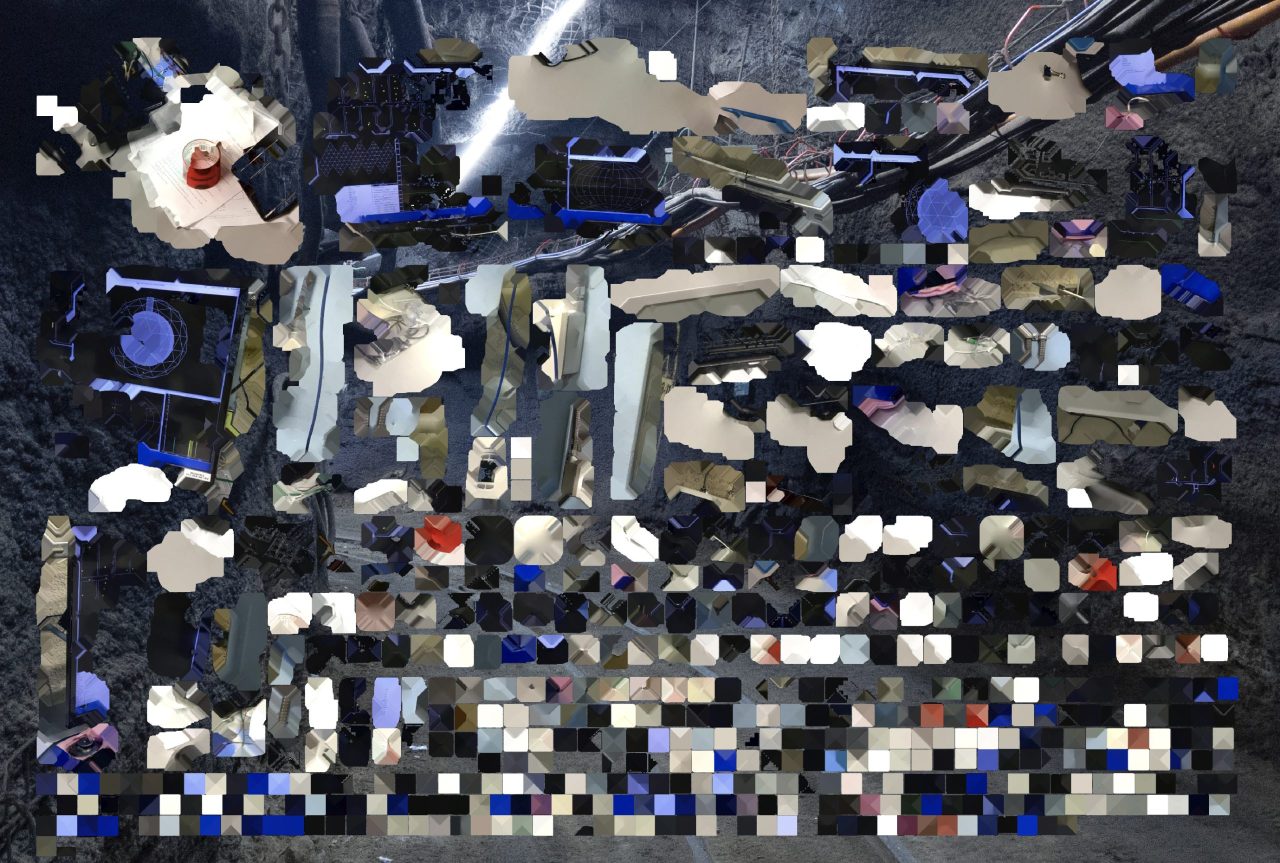
Drift: Art and Dark Matter is a residency and exhibition project generated by Agnes Etherington Art Centre, the Arthur B. McDonald Canadian Astroparticle Physics Research Institute and SNOLAB. Four artists of national and international stature were invited to make new work while engaging with physicists, chemists and engineers contributing to the search for dark matter at SNOLAB’s facility in Sudbury, two kilometres below the surface of the Earth.
[more] -
Event
10 Sep 2021
Ars Scientia: Sensorial Walk with Holly Schmidt
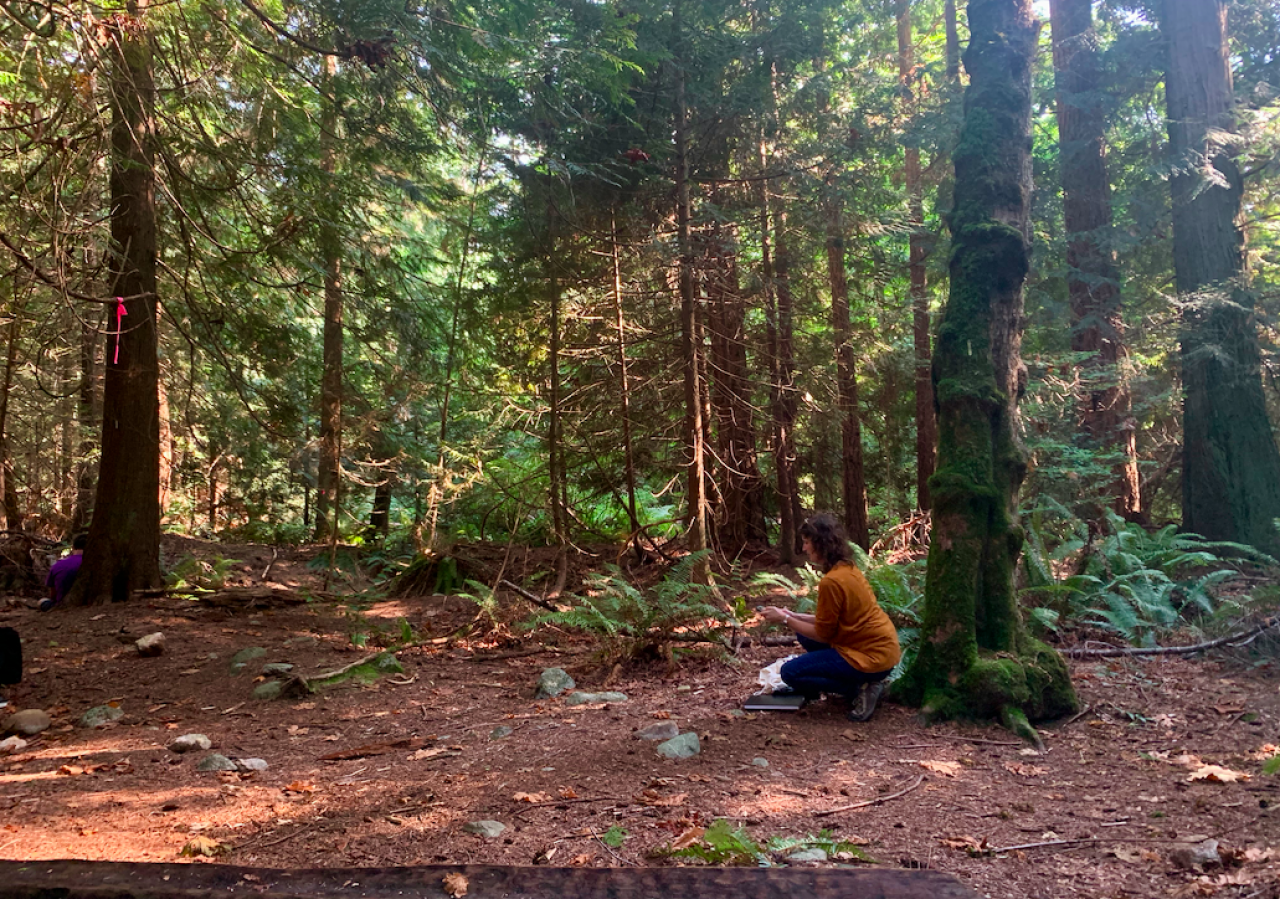
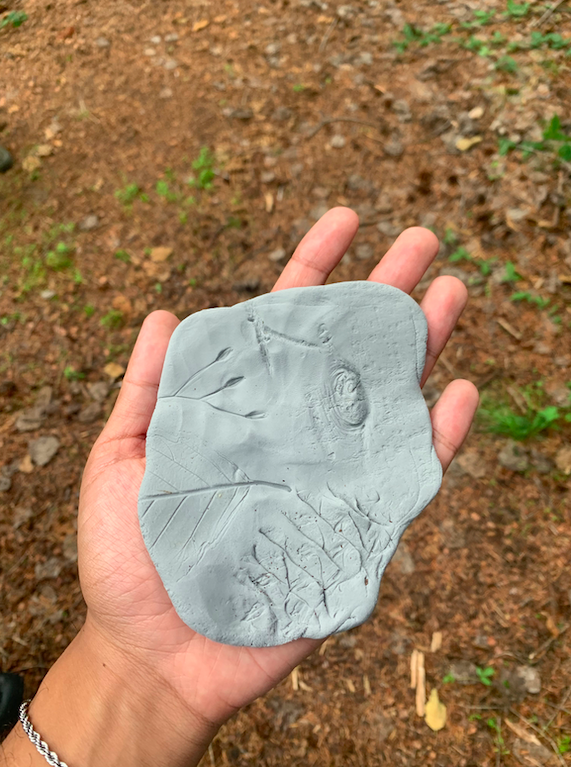
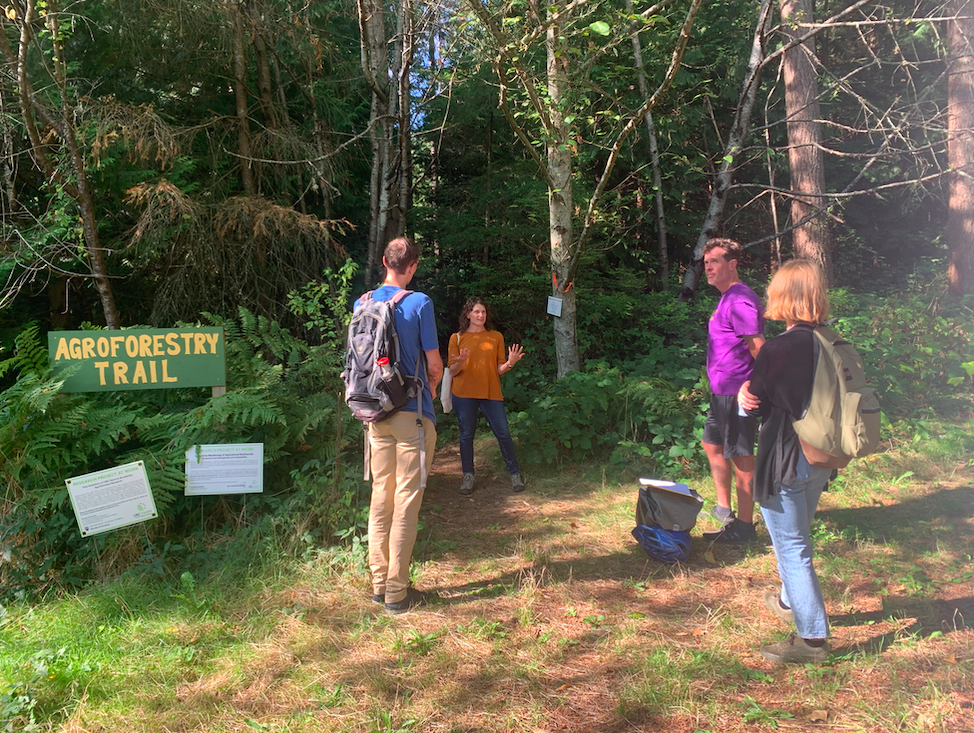

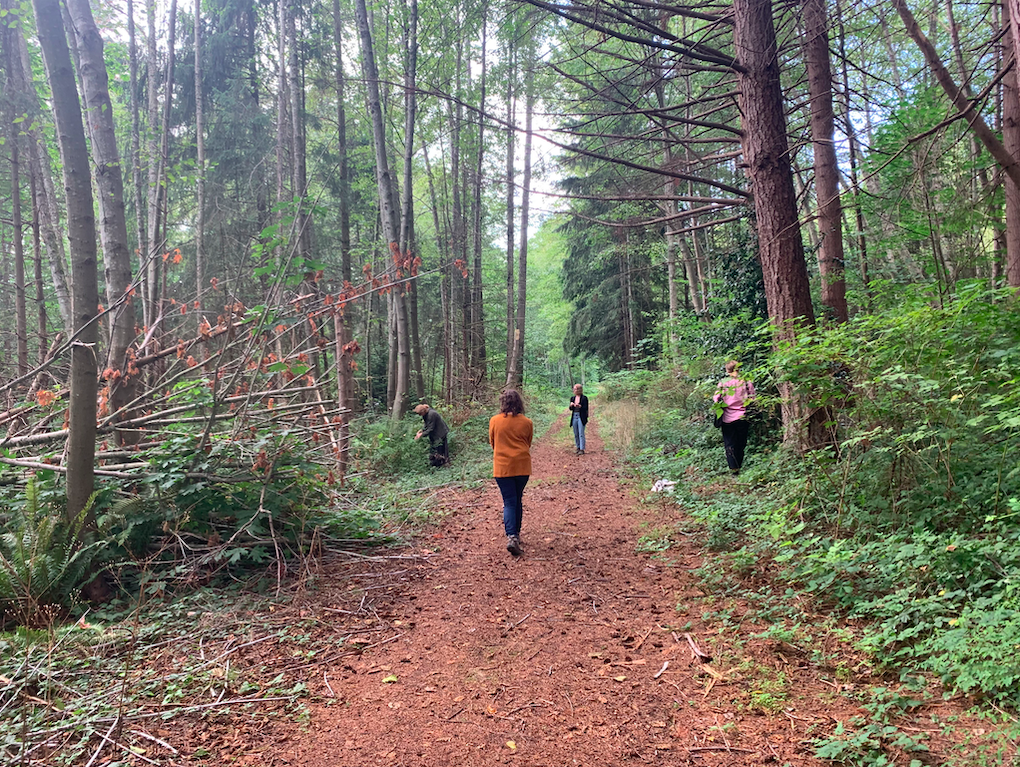 [more]
[more]
-
Event
Thursday 25 Nov 2021 at 2 pm
Symposium: Signals and Apparatuses
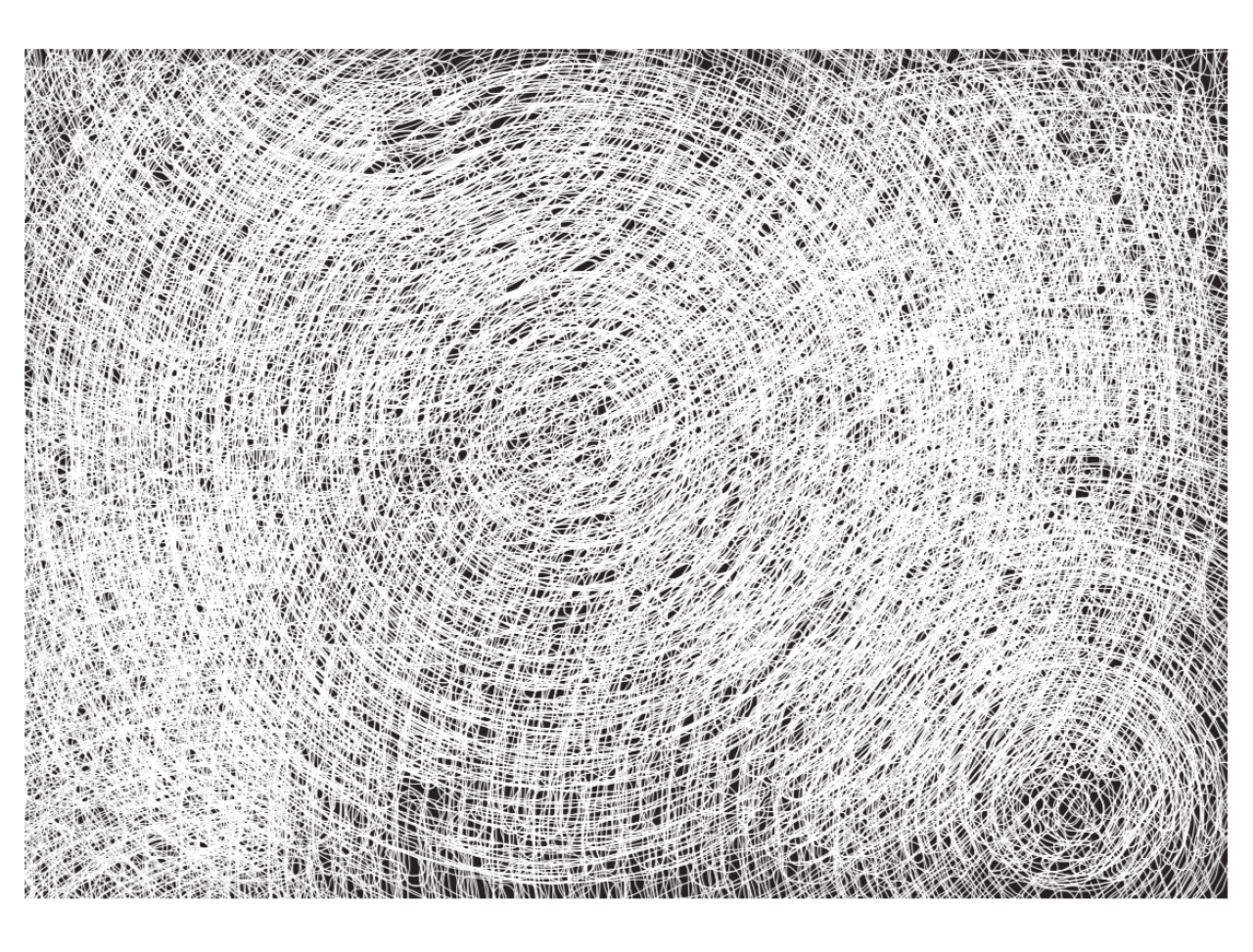
Beginning in May 2021, the Ars Scientia research cluster connected artists with physicists in a collaborative residency program to discuss and explore the intersections between the disciplines of art and science. On Thursday, 25 November 2021, the groups convened at a research symposium, Signals and Apparatuses, to share their experiences in the residency and engage in an interdisciplinary discussion with the academic community at UBC. Denise Ferreira da Silva offered opening remarks, which were followed by a discussion with Drift exhibition artist Nadia Lichtig and graduate student Rhea Gaur, alongside presentations from Ars Scientia collaborators.
[more] -
Event
Saturday 30 Oct 2021 at 7:30 pm
Dark Matter Day
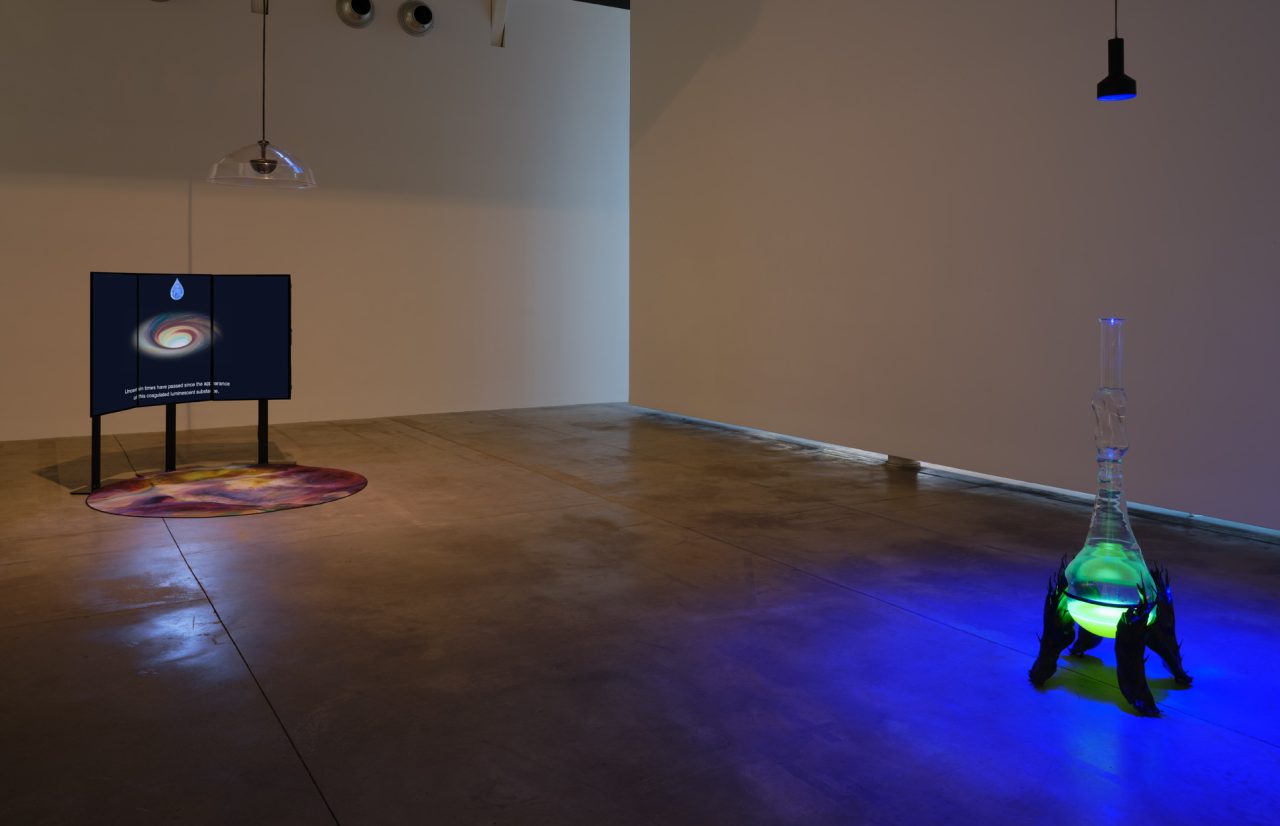
Join Ars Scientia and the HR MacMillan Space Centre for Dark Matter Day on Saturday, 30 October 2021, an international event celebrating the historic hunt for dark matter through public discussions hosted annually by institutions and individuals worldwide. Scientists believe that dark matter, which we have so far only detected through its gravity-based effects in space, makes up about a quarter of the total mass and energy of the universe. There’s more to the universe than stars, planets, asteroids, comets and space dust that we can’t yet explain.
[more]